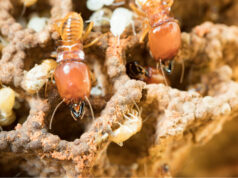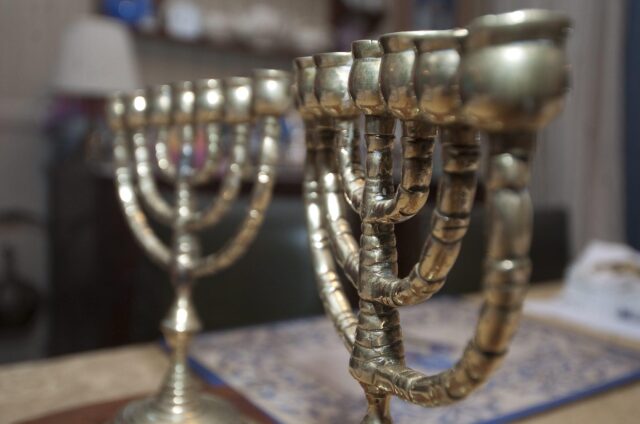
Just like in any other religion, there are many objects that are used during religious ceremonies in Judaism. Each one of these bears an enormous significance, and there is a story behind each and every one of them. Some of them go back thousands of years, while others are a bit more recent.
Whatever it may, some of these are used in synagogues, and others are a valuable possession of every household. People use them for holidays that are celebrated among family members and the rest of the time, they could be perceived as decorative items. Before we move on, it is important to note that Jewish customs are specific and unique from weddings, holidays, festivals…For weddings, unique engagement rings are necessary, says, segaljewellery.com, while all the customs are deeply rooted in the Bible.
In the following article, we have made a list of some of these relics. You will be familiar with some of them, while you might have never heard of others. We are going to provide you with a short narrative for each item we mention.
Menorah
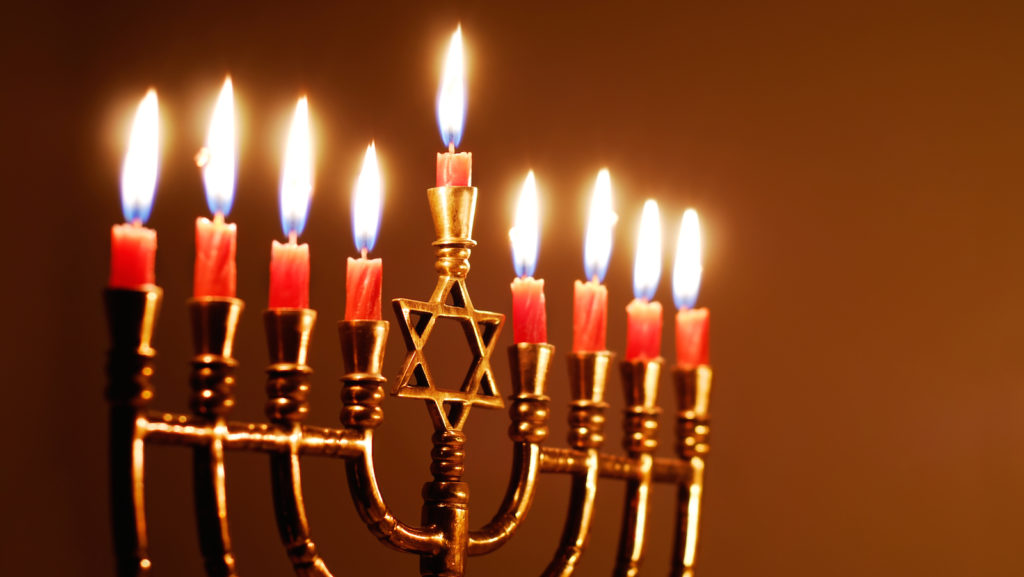
The first object we are going to tell you about is Menorah. According to belief, this original seven-branched candelabrum, made of gold, was carried by Moses during the journey through the desert. Later it was used during religious ceremonies in the Holy Temple. In order to preserve this importance, this seven-branched relic is nowadays only used in synagogues.
On the other hand, you are probably familiar with the Hanukkah menorah, nine-branched candelabrum, which is used to celebrate this holiday in homes. This one is a reminder of the miraculous event when the oil burned for eight nights after the victory of the Maccabees. One of the candles is used to light the other night during the eight nights of the holiday.
Interestingly, there has been a discussion about whether these branches should be curved or straight, but nowadays, you can find both examples. It is usually made of silver, but copper, iron, brass, wood, china, and even glass are often used.
Mezuzah
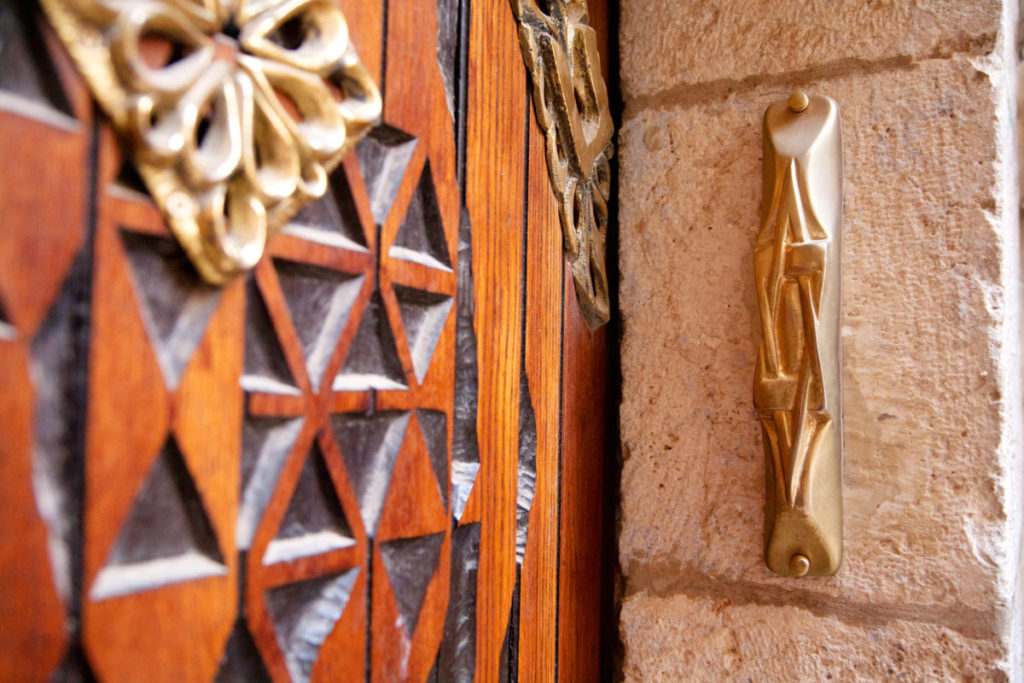
This is another item that every household possesses and it is hung on the right side of the doorpost of every door in the house which leads to a living area. It consists of a case and the parchment. It is a hand-written scroll that contains certain verses from the Torah. It cannot be inscribed by just anyone and each letter must be perfect. This scroll is always rolled up from left to right. Why?
Well, this way the first words will appear first when it is unrolled. Only one side of this parchment is inscribed, while there is a single word on the other side – ‘Sha-dai’. This is actually an acronym for ‘Guardian of the doorway of Israel’ (‘Shomeer daltot Yisrael’).
On the other hand, the only purpose of this case is to protect the parchment against harsh weather since it has to be hung on the front door of the house. Due to this reason, it can be made of different types of materials, and it can also be bought or hand-made. Over the years, the production of these has become an art of its own, meaning that there are numerous designs which you can see by clicking here.
Ketubah
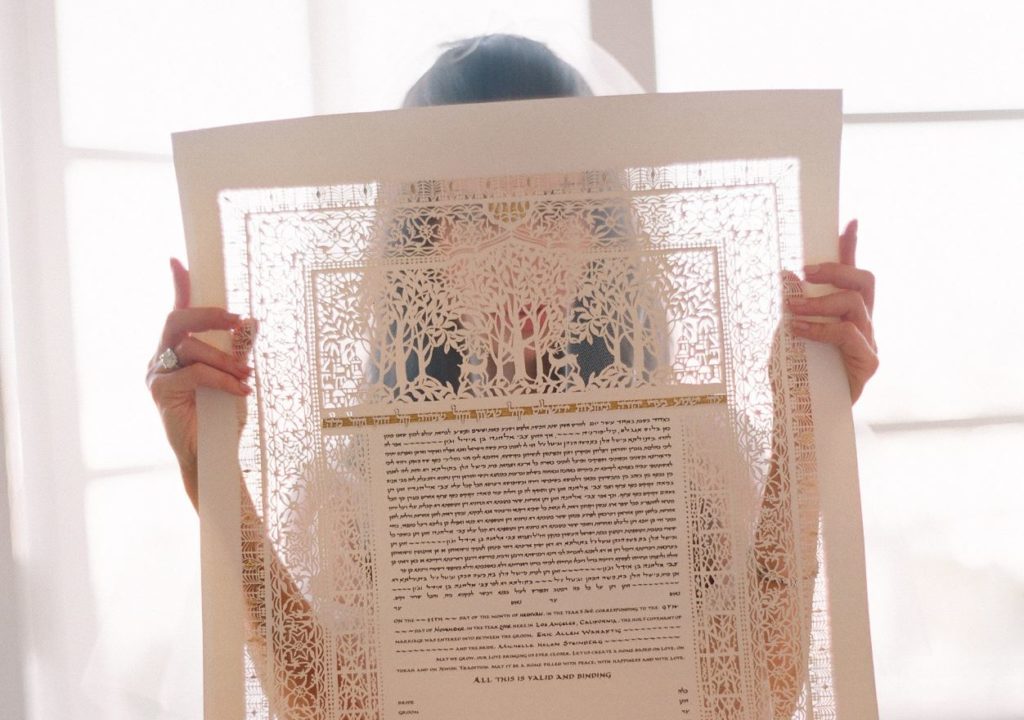
This marriage contract is an important part of wedding ceremonies. Ketubah depicts motifs of the biblical scenes, the happy couple, the Temple in Jerusalem, as well as some floral and seasonal decoration.
In the past, this document was used to outline all the responsibilities of the groom. With this contract, he would vow to provide his wife with a conjugal relationship, food, and clothing. It also states that he would pay her a certain amount of money in case of a divorce or his death.
This contract is used even today by many Jewish couples, although they usually sign it before the ceremony, after which it is displayed in their home.
Kiddush Cup

This goblet is used to bless the wine in the home on the Shabbat, but also during other holidays. This cup is one of the most important relics since it used during the celebration of various festivities.
It comes in various designs, but there is a single requirement when it comes to the Kiddush Cup. It has to have a base and steam that elevates the goblet, and it has to be unique i.e. to be different from other regular cups.
Since these are often passed on from generation to generation, the family name and emblem are common decorations, as well as birds, animals, fruits, and in some cases verses from the Torah and Sabbath prayers. Most commonly it is made of silver or gold, but other materials can be used such as china and pottery.
Yad
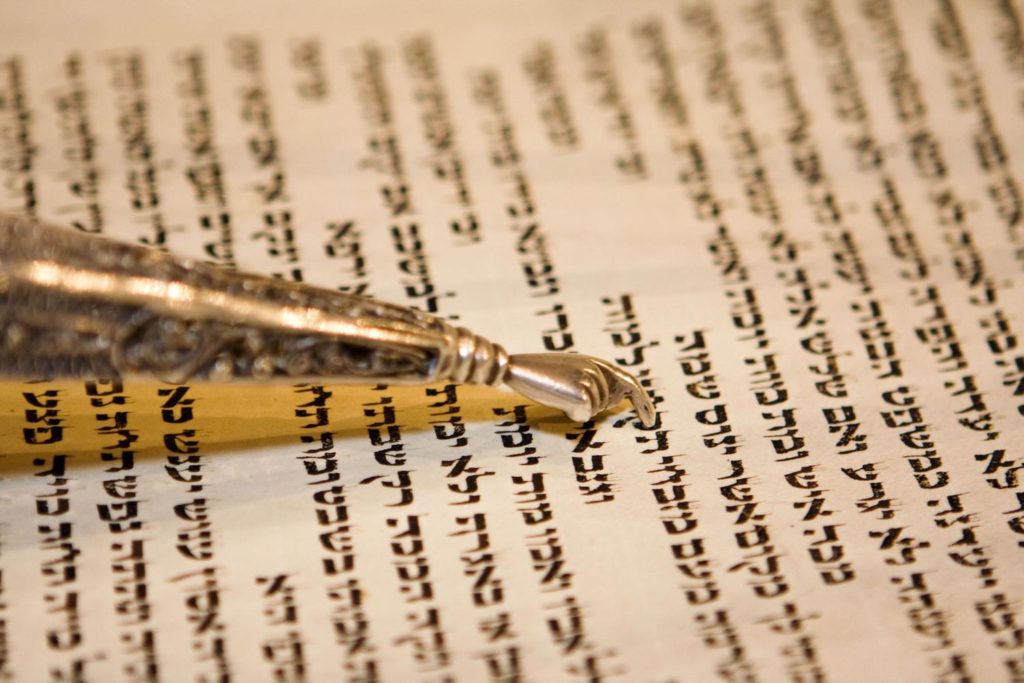
We can freely say that this Torah point is one-of-a-kind relic. It is made in the shape of a hand with an outstretched index finger. Besides being practical, it ensures that the parchment is not touched by the person who’s reading it. If the scroll is handled often, not only is there a risk of damaging it but also the letters can be smudged and destroyed over time.
These are usually made of silver, which is the most common, but also bronze and wood. Since this a wide variety of designs, these have become highly valued collectibles, and some antique ones are worth a lot of money.
Tallit
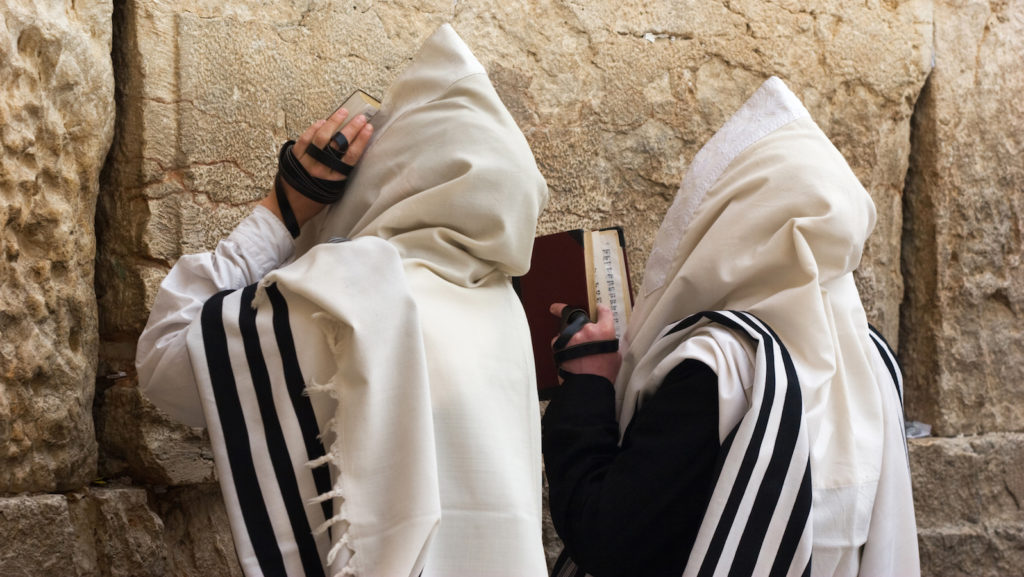
Tallit is a prayer shawl that is worn by Jews on the Sabbath and other holidays, as well as during weekday morning prayers. On each of the four corners, there are so-called tzitzit which are special knotted ritual tassels. This garment can be made of cotton and wool, and in some cases even silk, and it symbolizes one’s devotion to God.
In addition, in some communities, traditionally, a groom wears a tallit gadol under the wedding canopy (chuppah) where the couple stands during the ceremony.
To conclude, in this article we have introduced you to six items that have a long history and that are still used during the celebration of different holidays and festivities. As you can see, each one of these relics has an important significance, and some of them are even considered to be a family heirloom.


